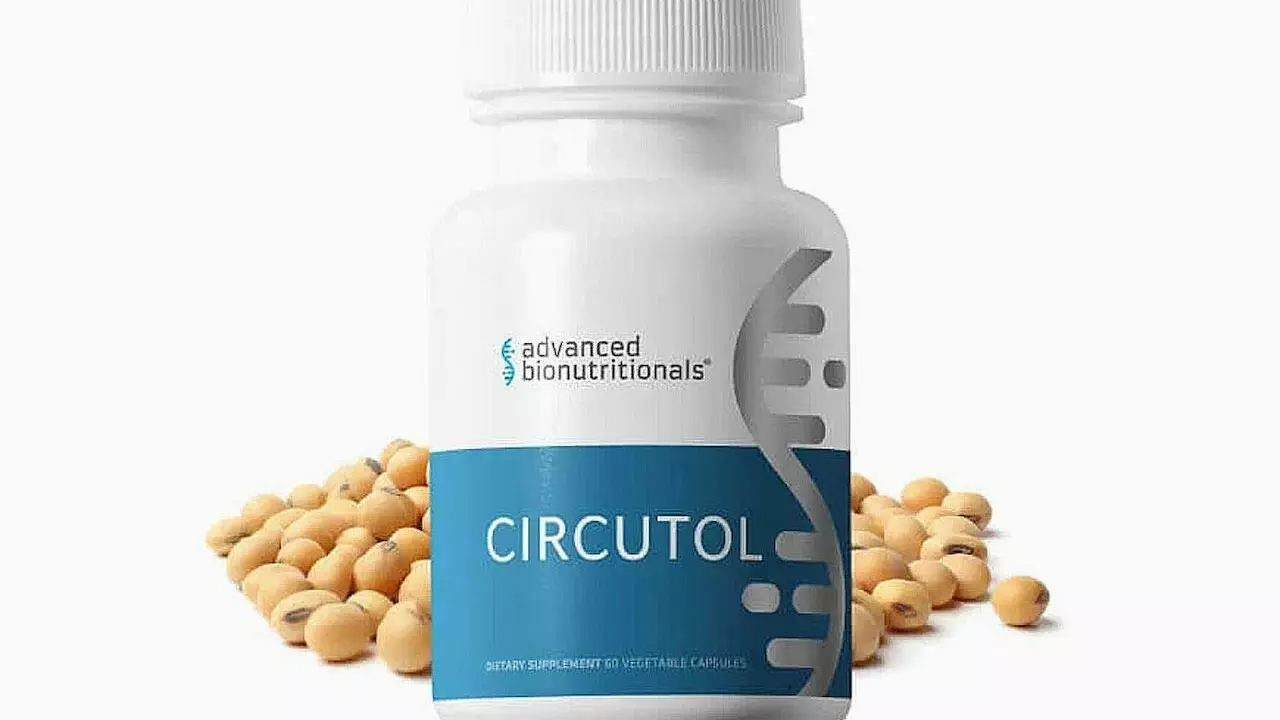Collard greens: what they give you and how to use them
Collard greens are a simple, cheap powerhouse on your plate. They bring fiber, vitamins and minerals, and they cook into meals that stretch a few ingredients into a filling side or main. This page gives quick, usable facts — how to buy and store collards, easy ways to cook them, and the one medical note most people need to know.
Buy, store and prep
Look for dark green leaves with firm stems and no slimy spots. Fresh collards should smell clean, not bitter. Store them unwashed in a loose plastic bag or reusable produce bag in the fridge drawer; they usually last about a week. If you want longer storage, blanch leaves for 2 minutes in boiling water, cool in ice water, then freeze in airtight bags.
To prep, strip the tough central stem by holding the leaf and running a knife or your fingers down the stem. Stack leaves, roll them up, and slice across for ribbons — great for sautés or soups. If you want softer, simmer for 15–30 minutes; for firmer, sauté 5–8 minutes with a splash of broth or olive oil.
Cook it and eat it: quick ideas
Sauté collards with garlic and chili flakes, finish with lemon or apple cider vinegar to brighten the flavor. Braise them slow in broth with a smoked ham hock or smoked paprika for depth. Use chopped collards raw or lightly massaged in salads as a tougher green alternative to lettuce. Toss into soups, stews, or a grain bowl — they hold up well and add texture.
Want a fast side? Heat oil, add minced garlic and chopped collards, stir until wilted, splash with soy sauce or lemon, and serve in 5–8 minutes. Want comfort food? Cook collards low and slow with onions and a bit of stock for 20–30 minutes until tender.
Why eat collards? They add fiber for digestion, plant-based calcium for bones, and vitamin C and A for immune support. They also provide lots of vitamin K, which helps blood clotting and bone health.
One practical caution: if you take blood thinners (warfarin or similar), collards matter because of their vitamin K. A sudden increase or drop in leafy greens can change how your medicine works. Keep your intake steady and tell your doctor or pharmacist if you plan big diet changes. Also, if you have thyroid issues or a history of kidney stones, ask your clinician — large amounts of raw cruciferous vegetables can affect iodine use, and some greens contain compounds that may matter in certain stone types. Cooking usually reduces these effects.
Bottom line: collards are easy to add to meals, stretch food budgets, and boost nutrition. Use the prep tricks above, keep vitamin K consistent if you’re on blood thinners, and ask your healthcare provider about any specific risks tied to your meds or health conditions. Simple swaps—like using collards instead of tortillas for wraps—are an easy way to eat more greens without fuss.
Unlock Your Body's Full Potential with Collard: The Dietary Supplement That Delivers Results
In my latest blog post, I explore the power of Collard, a dietary supplement that promises to help us unlock our body's full potential. I delve into how this supplement works, the health benefits it brings, and how it can impact our daily performance. Collard is packed with nutrients that boost our overall health, increase energy levels, and support mental clarity. The results speak for themselves, with many users reporting noticeable improvements in their well-being. Discover how Collard could be the key to achieving your body's full potential in my latest post.

